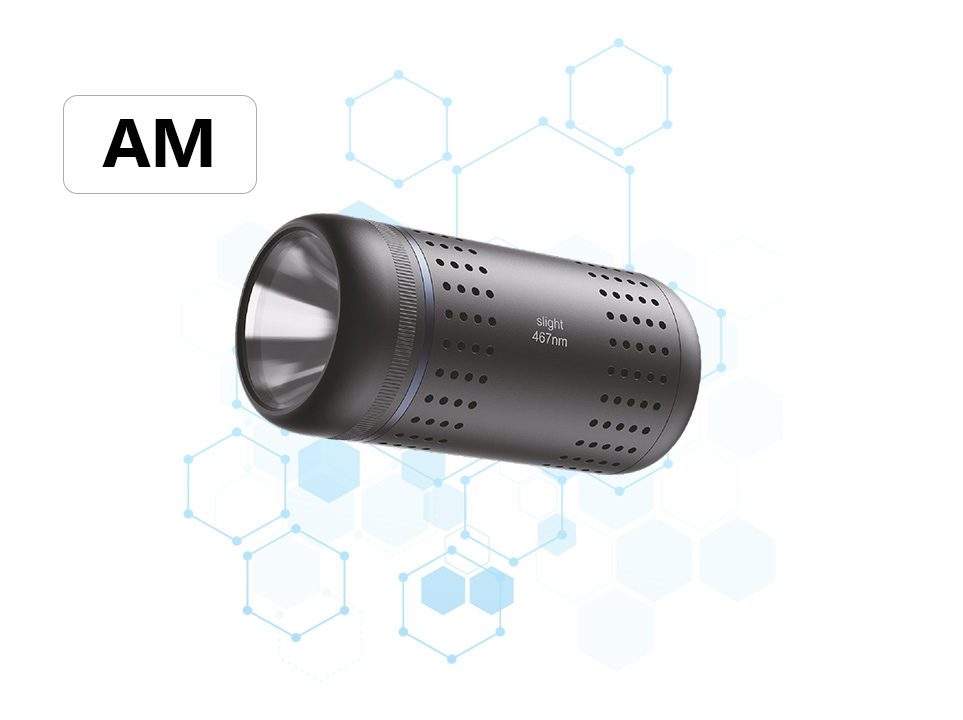Working principle of photoreactor device
Photoreactors are advanced devices that leverage the power of light to drive chemical reactions. These devices have found widespread applications in various fields, including synthetic chemistry, materials science, and environmental engineering. Understanding the working principle of a photoreactor device is crucial for optimizing its performance and harnessing its full potential.
Basic Components of a Photoreactor
A photoreactor typically consists of several key components: a reaction chamber, a light source, a cooling system, and a stirring mechanism. The reaction chamber is where the chemical reaction takes place, often in the presence of a photocatalyst. The light source, such as a LED or laser, provides the necessary energy to excite the photocatalyst and initiate the reaction. The cooling system ensures that the reaction temperature remains within the desired range, preventing thermal runaway. The stirring mechanism ensures uniform mixing of the reactants, enhancing the efficiency of the reaction.
Working Principle
The working principle of a photoreactor device is based on the interaction between light and matter. When light of a specific wavelength strikes a photocatalyst, it excites the electrons in the photocatalyst to higher energy levels. These excited electrons can then participate in chemical reactions, leading to the formation of new compounds or the modification of existing ones.
Absorption of Light:
The first step in the photoreactor's working principle is the absorption of light by the photocatalyst. The photocatalyst is chosen based on its ability to absorb light in the desired wavelength range. When light is absorbed, it creates electron-hole pairs within the photocatalyst.Excitation of Electrons:
The absorbed light energy excites the electrons in the photocatalyst, causing them to jump to higher energy levels. These excited electrons are highly reactive and can initiate chemical reactions with surrounding molecules.Chemical Reaction:
The excited electrons interact with the reactants present in the reaction chamber, leading to the formation of intermediate species or directly to the desired products. The specific reaction pathway depends on the nature of the photocatalyst, the reactants, and the light source.Cooling and Stirring:
To maintain optimal reaction conditions, the photoreactor is equipped with a cooling system that removes heat generated during the reaction. Additionally, a stirring mechanism ensures that the reactants are uniformly mixed, promoting efficient mass and heat transfer.
Applications of Photoreactors
Photoreactors have a wide range of applications, thanks to their ability to drive chemical reactions under mild conditions and with high selectivity. Some of the key applications include:
Synthetic Chemistry: Photoreactors are used to synthesize complex molecules with high yields and purities.
Materials Science: They are employed in the preparation of new materials with unique properties, such as photocatalysts for water splitting and luminescent materials.
Environmental Engineering: Photoreactors are used for the degradation of pollutants in water and air, contributing to environmental sustainability.
Conclusion
The working principle of a photoreactor device is based on the interaction between light and matter, specifically the absorption of light by a photocatalyst and the subsequent excitation of electrons. This process initiates chemical reactions that can lead to the formation of new compounds or the modification of existing ones. Photoreactors have found widespread applications in synthetic chemistry, materials science, and environmental engineering, thanks to their ability to drive reactions under mild conditions with high selectivity.





